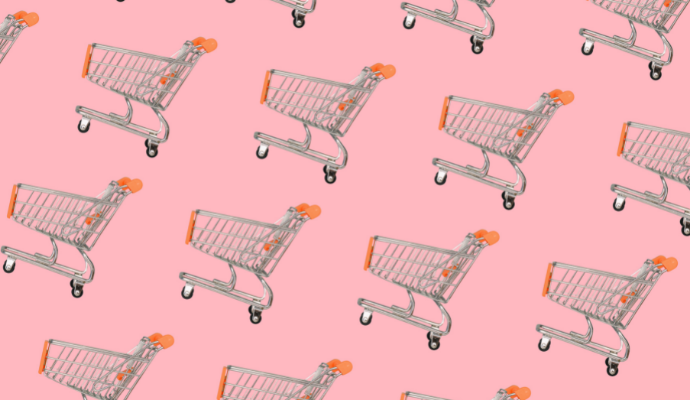- Risk of Hospitalization Tied to Food Insecurity, Social Determinants
“For our most vulnerable older adults, the huge increase we’ve seen in food costs could make a bad situation worse,” Preeti Malani, MD, director of the poll and a physician at Michigan Medicine, U-M’s academic medical center, said in the press release. “As the White House convenes its Conference on Hunger, Nutrition, and Health this week, these new findings suggest a need for better support of the food needs of adults over 50.”
The national poll conducted in late July by the University of Michigan found that three-quarters of people over 50 years old say the rising cost of groceries has impacted them in some way.
Additionally, 36 percent of respondents between 50 to 64 attributed the rising cost to a less healthy diet. For those 65 to 80, that figure was 24 percent.
Across the entire survey population, researchers noticed underlying disparities in those who affirmed that inflation impacted eating habits. People were more likely to say they were eating less healthy because of cost when they rated their mental health as fair or poor (54 percent), had household incomes under $30,000 (48 percent), rated their physical health as fair or poor (46 percent), and had a high school education or less (40 percent).
Respondents were asked to reflect upon the previous 12 months to determine if they worried that their food would run out before they got money to buy more. According to the findings, 4 percent of older adults stated the concern was often true, and 15 percent said it was sometimes true. However, for just under 4 percent, this was more than just a concern; they experienced food insecurity often, and another 12 percent said they were food insecure sometime in the last 12 months.
These experiences of food insecurity were more likely to happen to those in fair or poor physical or mental health, those with incomes under $30,000, and those who lived alone.
People who suffered from food insecurity in the last 12 months were three times as likely to say that their eating habits are less healthy due to the inflated grocery cost.
Older adults have been struggling with food insecurity prior to this rise in food costs. This is the second time the National Poll on Healthy Aging has assessed food insecurity among older adults. In December 2019, 14 percent of 50 to 80-year-olds answering the poll said their household had experienced food insecurity in the past year.
Even though there is federal food assistance such as the Supplemental Nutrition Assistance Program (SNAP) that could help with food insecurity, the majority of adults over 50 whose income qualified them were not enrolled, a separate survey showed.
To improve participation rates, providers might enhance patient communication about the benefits of participating in SNAP and offer social determinants of health screening (SDOH) in clinical settings to flag more food insecure patients and lead them to community resources.
Healthcare experts have encouraged state policymakers to increase SNAP participation by reducing enrollment requirements, streamlining SNAP and other benefits program enrollment, and using Medicare and Medicaid data to screen for adults who are eligible for SNAP benefits but have not yet enrolled.

